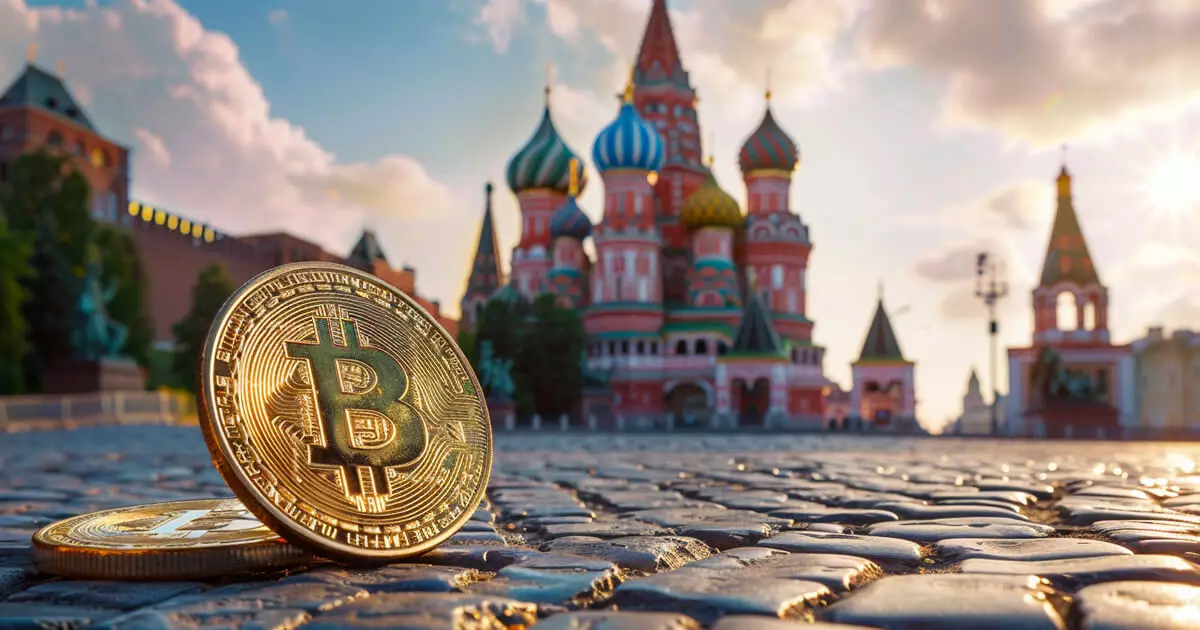Recently, the Russian State Duma passed a bill legalizing Bitcoin mining, aimed at addressing the challenges faced by Russian banks due to regulatory constraints and international sanctions. The new legislation establishes a regulatory framework to oversee crypto mining activities and ensure compliance with tax regulations. This move is significant in bringing mining activities out of the shadows and ensuring that income is declared and taxes are paid. The bill also mandates that mining activities be regulated by the government and the Bank of Russia to prevent illicit operations.
The bill also allows for the use of cryptocurrencies in international trade, marking a significant shift in Russia’s approach to digital assets and currencies. By legalizing Bitcoin mining and allowing the use of crypto for international transactions, Russia aims to enhance its trade relations and challenge global regulatory norms. The move also aims to simplify cross-border payments for Russian companies amid ongoing sanctions, by considering the official legalization of stablecoins, which are pegged to stable currencies or assets like the US dollar or gold.
While the new legislation allows for the sale of mined crypto without utilizing Russian information infrastructure, it still prohibits the use of cryptocurrencies for domestic payments within Russia. Additionally, the bill includes a ban on crypto advertising to control the spread of digital currency usage within the country. These restrictions indicate that Russia is taking a cautious approach to the use of cryptocurrencies domestically, while promoting their use in international trade.
Looking ahead, Russia’s Ministry of Finance has proposed allowing traditional exchanges to handle digital asset trading for select investors. This proposal, along with the active discussions within the central bank regarding the use of stablecoins for cross-border payments, suggests that Russia is exploring further avenues for integrating digital assets into its financial system. The implications of these developments on the global cryptocurrency landscape remain to be seen, as Russia’s evolving approach to digital assets continues to shape its economic and regulatory environment.

